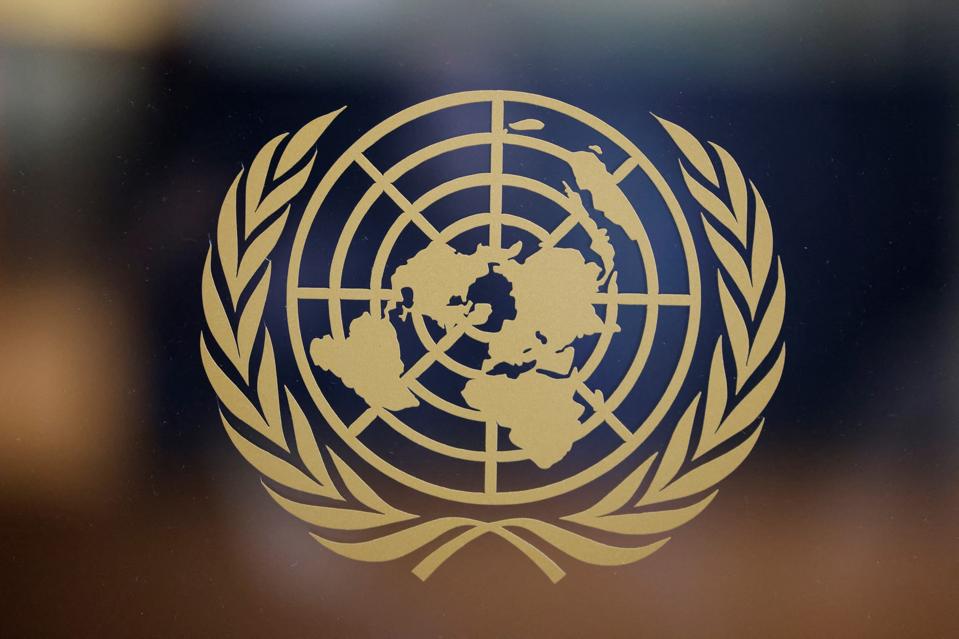The United Nations office of Trade and Development put out a report this year on artificial intelligence, and as you can imagine, it’s quite lengthy.
“History has shown that while technological progress drives economic growth, it does not on its own ensure equitable income distribution or promote inclusive human development,” writes Rebeca Grynspan, Secretary-General of UNCTAD, in the preamble.
Thinking that I was in for a dense read, I decided to ask ChatGPT 4 to summarize the report for me.
The model, in its quick response, noted that the report “examines the socioeconomic implications of artificial intelligence and offers policy recommendations to ensure equitable technological progress, especially for developing countries.”
ChatGPT Findings
The model provided estimates on the size of global leadership in AI funding, with the United States at $67 billion in private AI investment in 2023, China with $7.8 billion, and India with $1.4 billion.
It estimated AI will affect up to 40% of jobs globally, and that it will be concentrated in a specific cluster of companies, with around 100 companies driving 40% of global R&D.
It mentioned around 118 countries being mostly left out of the discussion on AI, suggesting more collaboration is needed.
ChatGPT also noted that the report provided recommendations for investment in infrastructure, data and skills, and suggested there should be a “shared AI resource facility” and a “public disclosure framework” developed in order to work on these goals.
“The Technology and Innovation Report 2025 underscores the transformative potential of AI and emphasizes the necessity for inclusive policies and international cooperation to ensure that AI benefits are equitably distributed across all nations,” ChatGPT wrote.
My Own Review
Clicking into the report on my own, I was surprised to find that it’s presented in a very visual way, with a scrolling presentation that makes these modules digestible to the human reader.
First, the report represents billions of dollars in AI funding in dots, and shows visually how the field exploded in the last 10 years.
For example, the data showed AI represented 7% of spending in 2023, and that by 2033, it will be more like 29%.
The report cited auxiliary categories of investment, including the Internet of things, electric vehicles, and solar.
Reshaping how we Work
In another segment, the report broke down how AI will automate things like coding and data science, saying about one third of jobs in developed economies are at risk.
Scattershot graphs show the relative positioning of countries with a Frontier Technologies Readiness Index that shows developed countries are more prepared in general. The report, however, specifies how Brazil China India and the Philippines are outliers in more significant AI development.
Advanced economies, in general, have a larger pool of workers, and often more developed national strategies. The report highlights these differences in promoting the idea of better distributed gains from technology.
In addition, there are tips on designing policies for AI, evaluation of the G7 countries and their initiatives, and notes on global collaboration.
Human and AI Analysis: Commonalities
Both ChatGPT’s analysis and my own reading saw a lot of focus on India, where the model’s input estimated a talent pool of around 13 million developers.
The global collaboration component was also highly visible in both formats.
Part of my takeaway here is that you can use ChatGPT to summarize long and complex documents. But this report from the UN was surprisingly visual and engaging. Take a look for yourself, and think about what’s next.

